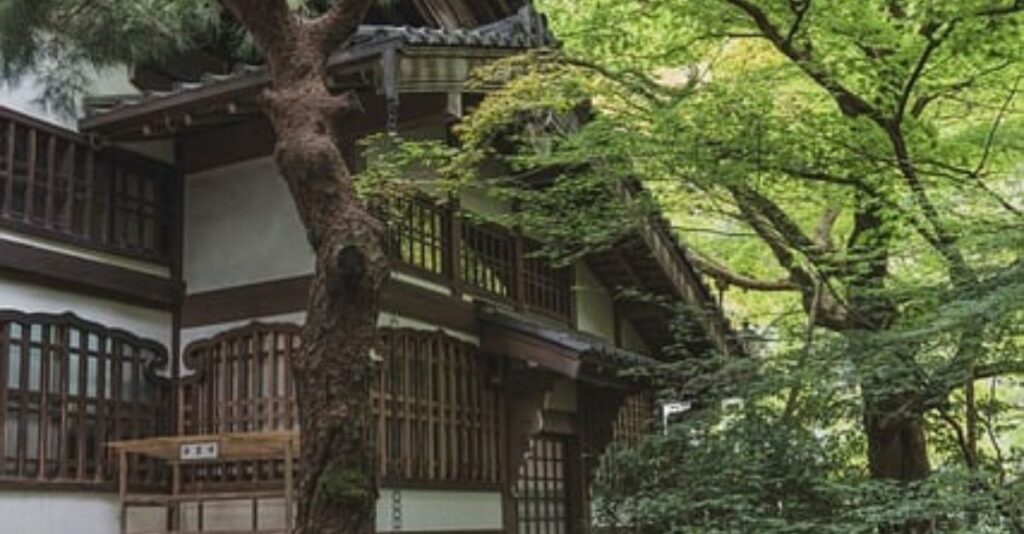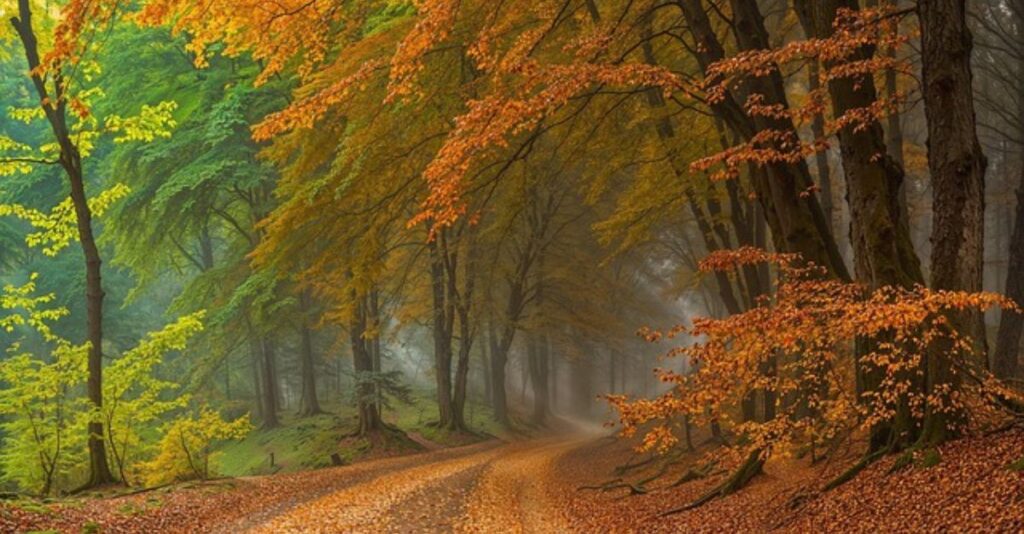Introduction:-
10 Reasons Every City Needs More Green Spaces
In the hustle and bustle of city life, finding a peaceful retreat can seem like an impossible dream. However, with a bit of creativity and planning, you can transform even the smallest urban area into a peaceful green park where you can unwind and recharge. This guide will walk you through the steps to create a tranquil oasis right in the heart of the city.
Urban environments are growing at an unprecedented rate, leading to crowded spaces, pollution, and stress among residents. Amidst the concrete jungles, green spaces—parks, gardens, and tree-lined streets—play a crucial role in improving urban living. Here are 10 compelling reasons why every city should invest in more green areas.
10 Reasons Every City Needs More Green Spaces

1. Improves Air Quality
Green spaces help reduce air pollution by filtering harmful toxins and carbon dioxide, improving overall air quality and creating a fresher, healthier urban environment..
2. Enhances Mental Health
Spending time in nature reduces stress, anxiety, and depression. A simple walk in a park can boost mood and cognitive function, making cities more livable.
3. Encourages Physical Activity
Parks and open spaces encourage outdoor activities such as jogging, cycling, and yoga, promoting better physical health and an active lifestyle.
4. Reduces Urban Heat Island Effect
Concrete and asphalt trap heat, leading to higher temperatures in cities. Trees and green areas regulate temperatures, providing cooling effects and reducing energy consumption.
5. Supports Biodiversity
Urban greenery creates habitats for birds, pollinators, and other wildlife, fostering biodiversity and maintaining ecological balance.
6. Improves Water Management
Green areas absorb rainwater and reduce flooding risks, enhancing sustainable urban drainage systems and preventing waterlogging.
7. Strengthens Community Bonds
Public parks become social hubs where families, friends, and communities can connect, strengthening relationships and fostering social well-being.
8. Boosts Property Values
Neighborhoods with ample green spaces tend to have higher property values, making them attractive for residents and investors.
9. Promotes Sustainable Urban Planning
Integrating green areas into city planning supports environmental sustainability, ensuring a greener future for upcoming generations.
10. Enhances Aesthetic Appeal
A well-maintained urban landscape with trees, gardens, and parks adds beauty to the city, making it a pleasant place to live, work, and visit.
The best ways to personalize a Green park in the City
Personalizing a green park in the city can enhance its usability, aesthetics, and appeal to the community. Here are some of the best ways to personalize a green park:

1. Community-Centered Design
- Public Art Installations: Incorporate sculptures, murals, or interactive art pieces that reflect the local culture, history, or the community’s identity.
- Themed Zones: Create areas tailored to specific interests such as playgrounds for children, fitness zones, or quiet spaces for relaxation.
- Local Input: Engage the community in the design process by hosting workshops or surveys to gather input on desired features.
2. Sustainable Features
- Native Plants and Gardens: Plant native trees, flowers, and shrubs that are adapted to the local climate. Consider creating community gardens where residents can grow vegetables or flowers.
- Green Technology: Install solar-powered lighting, rainwater harvesting systems, or eco-friendly materials in benches and walkways to emphasize sustainability.
3. Interactive and Educational Elements
- Nature Trails: Add educational signs along trails explaining the local flora and fauna, or about conservation efforts.
- Outdoor Learning Spaces: Incorporate areas for outdoor classes, nature-based workshops, or environmental education programs.
- Public Art with Local Stories: Incorporate art pieces or information boards that share stories about local history or ecology, enriching the experience for park visitors.
4. Custom Seating and Relaxation Areas
- Unique Seating Designs: Use benches made from reclaimed or artistic materials, or hammocks, swings, or picnic tables in creative, shaded spots.
- Quiet Zones: Design areas with secluded seating for relaxation, meditation, or reading, perhaps near water features like fountains or ponds.
5. Interactive Play Areas
- Custom Playgrounds: Build playgrounds with unique structures that reflect local landmarks or cultural symbols, offering a fun and engaging space for children.
- https://cart.hostinger.com/pay/c82270d5-9445-44f7-b79f-Adventure Zones: Incorporate zip lines, climbing walls, or other adventurous play areas that appeal to both kids and adults.
6. Multi-Use Spaces
- Open Air Event Spaces: Design areas where concerts, yoga classes, markets, or other community events can take place. Make them adaptable to different events.
- Sports Facilities: Personalize the park with multi-use courts for basketball, tennis, soccer, or skateboarding. Consider adding equipment rental kiosks.
- Dog-Friendly Zones: Create spaces where people can bring their pets, like dog parks with agility equipment and water stations.
7. Water Features
- Ponds and Fountains: Introduce water elements like reflective ponds, fountains, or interactive water play areas to enhance the park’s ambiance and offer places to cool off in hot weather.
- Natural Water Systems: Design rain gardens, wetlands, or small streams that provide environmental benefits while adding natural beauty.
8. Inclusive Design
- Accessibility Features: Ensure pathways, seating, and play areas are accessible for everyone, including those with disabilities. Incorporate tactile paths, braille signs, and sensory gardens.
- Cultural Diversity: Design the park to cater to the diverse cultural backgrounds of the community by integrating spaces for traditional activities or cultural celebrations.
9. Nighttime Use
- Creative Lighting: Use artistic or eco-friendly lighting designs that make the park enjoyable and safe during the evening hours. Light up walkways, sculptures, and focal points.
- Night Markets or Events: Plan for spaces that can be used for evening activities, like pop-up markets, film screenings, or festivals.
10. Smart Technology Integration
- Free Wi-Fi Zones: Offer Wi-Fi hotspots in key areas of the park to encourage working outdoors or casual gatherings.
- Smart Benches: Install benches with built-in USB charging stations powered by solar energy.
- Interactive Apps: Develop an app that helps visitors navigate the park, learn about its features, or participate in scavenger hunts or other interactive experiences.
By incorporating a mix of environmental sustainability, community engagement, and innovative features, city parks can be transformed into personalized, vibrant spaces that reflect the character and needs of the surrounding community.
Conclusion
Green spaces are more than just decorative elements—they are essential for sustainable cities, improving air quality, mental health, biodiversity, and overall well-being. Every city needs to prioritize urban greenery to create healthier and happier communities.
References
- “How to Create a Green Space in the City”
- Website: Better Homes & Gardens
- URL: BHG.com
- Description: This online guide provides tips and ideas for designing green spaces in urban areas, emphasizing the use of plants, seating, and water features to create a tranquil environment.
- “The Importance of Green Spaces in Urban Areas”
- Journal: Urban Forestry & Urban Greening
- Authors: Cecil Konijnendijk, Matilda Annerstedt, Anders Busse Nielsen, et al.
- Publication Year: 2013
- Description: This research article discusses the benefits of urban green spaces for mental health and well-being, providing a scientific basis for the creation of peaceful retreats in city settings.
Frequently Asked Questions (FAQs)
Q1: How do green spaces improve air quality?
Green spaces filter pollutants, absorb CO₂, and release oxygen, significantly reducing air pollution in urban areas.
Q2: Can urban parks help reduce stress and anxiety?
Yes! Studies show that spending time in green environments lowers stress hormones and improves mental well-being.
Q3: What is the impact of green spaces on property value?
Homes near parks tend to have higher property values and demand due to their positive environmental and aesthetic appeal.
Q4: How do green areas contribute to sustainable urban planning?
They support biodiversity, reduce carbon footprints, and manage stormwater, making cities more livable and eco-friendly.
Q5: What are examples of successful green urban spaces?
Some well-known examples include Central Park (NYC), Hyde Park (London), and Gardens by the Bay (Singapore)—models of urban greenery success.
Final Tip: Incorporating Google-trending questions and optimizing headings will further improve visibility! 🚀
